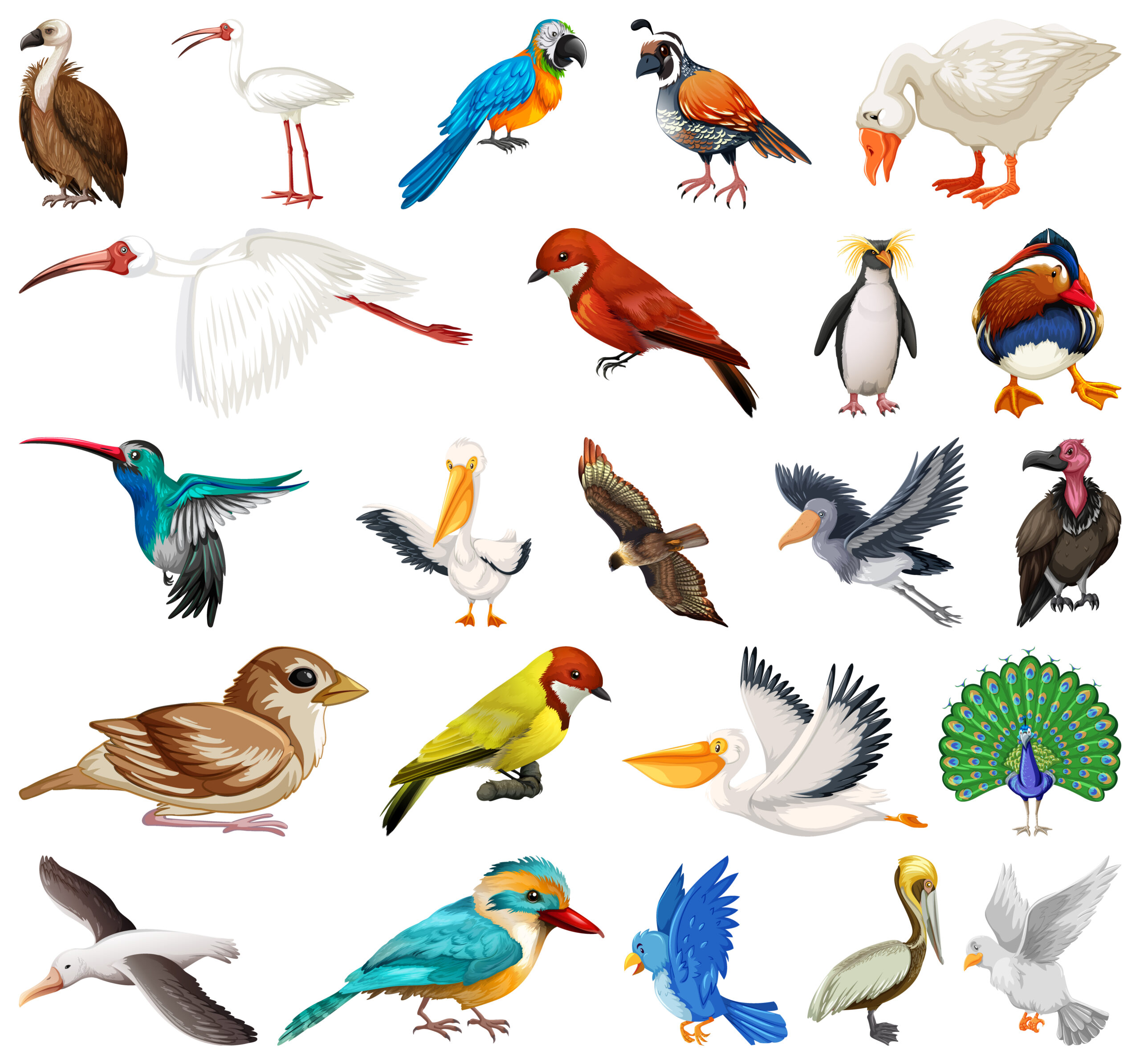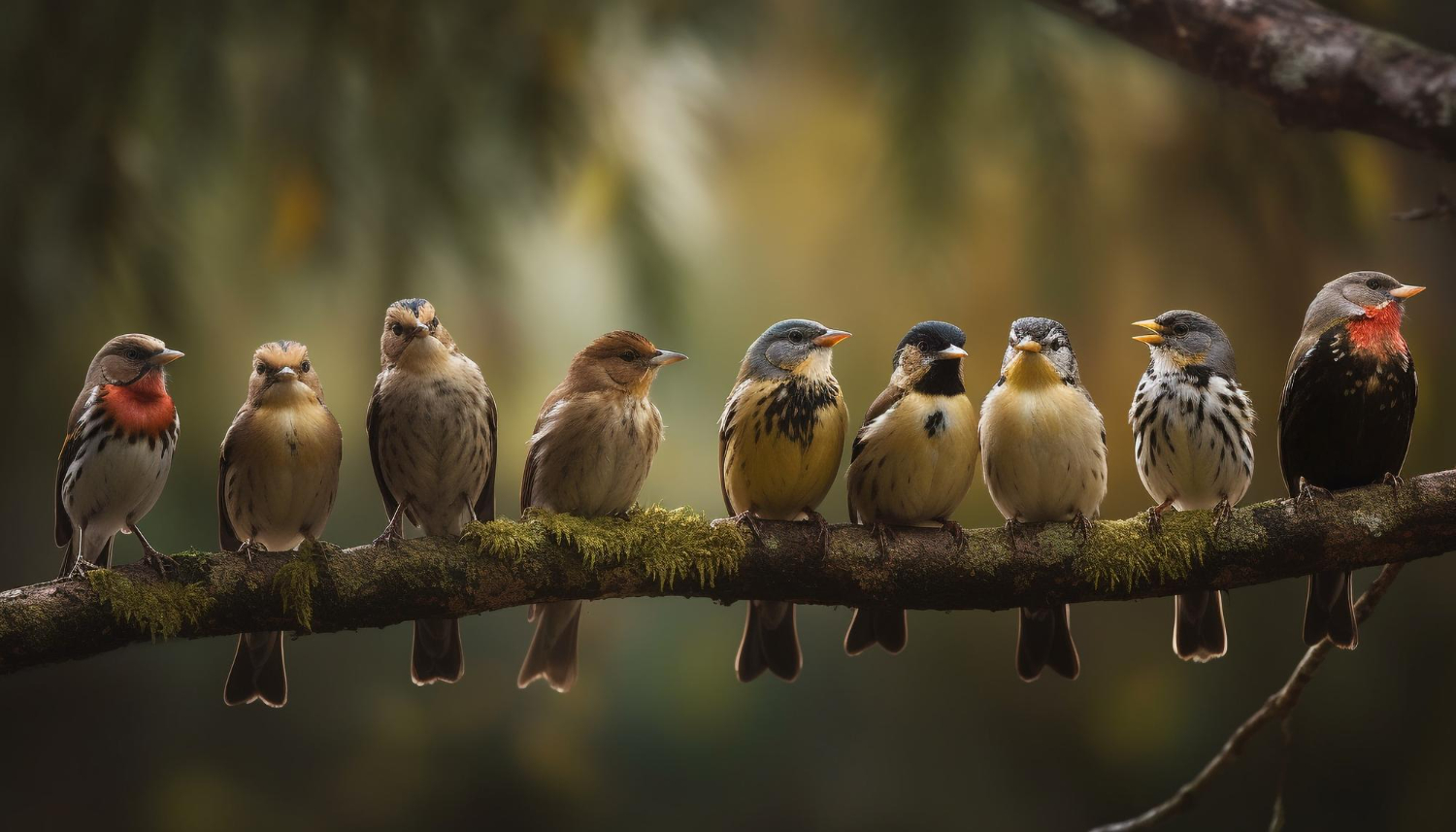When it comes to forest conservation, many people often think of the large, charismatic animals that roam the wilderness, like elephants or tigers. However, there’s a smaller yet equally important group of creatures quietly working behind the scenes to ensure the health of our forests. Among these unsung heroes are thrush bird, whose role in maintaining the balance of ecosystems is essential, though often overlooked.
What Are Thrush Birds?
Thrush birds are a group of medium-sized songbirds belonging to the family Turdidae. They are widely distributed around the world, found in forests, woodlands, and even urban areas. Some of the most well-known thrush species include the American Robin, the European Blackbird, and the Song Thrush. These birds are known for their beautiful songs and distinct behavior, which includes foraging for food on the ground and building nests in trees or shrubs.
While thrush bird might not always grab attention like other more prominent animals, their presence is crucial to the health of the environment, especially in forests. These birds play significant roles in insect control, seed dispersal, and maintaining the overall biodiversity of forest ecosystems.
Thrush Birds and Their Role in Seed Dispersal
One of the primary ways thrush bird contribute to forest conservation is through seed dispersal. Many species of thrush birds, including the American Robin, feed on fruits like berries, which are abundant in forested areas. When these birds consume the fruit, the seeds are often carried long distances in their digestive systems. After some time, the seeds are expelled from the birds’ bodies, often in different locations.
This natural process of seed dispersal is crucial for maintaining plant diversity in forests. By spreading seeds over large areas, thrush bird help new plants grow in regions where they might not have been able to thrive otherwise. This activity also ensures that a variety of plants can flourish, which in turn supports other wildlife by providing food and shelter. Without thrush bird, many plants would struggle to reproduce, leading to less biodiversity in the forest.
Thrush Birds and Insect Control
In addition to helping with plant growth, thrush birds are also key players in controlling insect populations. These birds have a varied diet that includes a significant amount of insects, particularly during the breeding season. Thrushes are known to hunt for insects on the ground, using their sharp eyesight to spot and catch prey like worms, beetles, and caterpillars.
By feeding on these insects, thrush birds help to keep the populations of many pest species in check. This is important not only for the health of the plants in the forest, but also for other animals that rely on a balanced food web. For example, if insect populations were to get out of control, it could lead to the destruction of plants and crops that other animals depend on. Thrush birds are therefore essential in maintaining this delicate balance.
Thrush Birds and the Health of Forest Ecosystems
Forest ecosystems are complex and require a wide range of interactions between plants, animals, and microorganisms to function properly. Thrush birds play a key role in maintaining this balance. Their activities as seed dispersers and insect controllers help to regulate plant growth and prevent the overpopulation of pests. In doing so, they contribute to the overall health of the forest.
Moreover, thrush birds are also an important part of the food chain. They serve as prey for larger predators, such as hawks and owls. By providing food for these predators, thrush birds help to support other wildlife and maintain the food web within the forest. This interconnectedness is vital for the stability of forest ecosystems, and thrush birds play an integral role in ensuring that all components of the ecosystem are functioning harmoniously.
The Decline of Thrush Bird Populations
Unfortunately, like many species of wildlife, thrush birds are facing numerous threats to their populations. Habitat loss, climate change, and pollution are just a few of the challenges these birds must overcome. Deforestation, in particular, has had a significant impact on the availability of suitable habitats for thrush birds. As forests are cleared for agriculture, logging, or urban development, these birds lose the places they need to feed, nest, and raise their young.
In addition, the use of pesticides in agricultural areas can directly harm thrush birds. Pesticides not only reduce the availability of insects for birds to eat, but they can also poison the birds themselves when they consume contaminated insects or plants. Climate change is another factor affecting thrush populations, as it can alter the availability of food sources and nesting sites.
Conservation Efforts for Thrush Birds
Despite the challenges they face, there are many conservation efforts underway to protect thrush birds and their habitats. One of the most effective ways to conserve these birds is by protecting and restoring forest habitats. This can involve replanting trees, reducing deforestation, and creating protected areas where thrush birds can thrive.
Another important aspect of conservation is reducing the use of harmful pesticides. By promoting sustainable farming practices and encouraging the use of organic alternatives, we can ensure that thrush birds have access to a healthy food supply. Additionally, efforts to address climate change by reducing greenhouse gas emissions and protecting natural ecosystems will help to mitigate some of the threats that thrush birds face.
Public awareness is also crucial for the conservation of these birds. Many people may not realize how important thrush birds are to forest health, so education campaigns can help people understand the role these birds play in maintaining ecosystems. Supporting local conservation organizations and participating in citizen science projects are also great ways for individuals to contribute to the protection of thrush birds and their habitats.
Thrush Birds as Indicators of Forest Health
One of the reasons that thrush birds are so important to forest conservation is that they can serve as indicators of the overall health of an ecosystem. Because these birds rely on forests for food and shelter, their presence or absence can provide valuable information about the state of the environment. For example, if thrush populations begin to decline in a particular area, it may indicate that the forest is under stress, possibly due to habitat destruction, pollution, or other factors.
By monitoring thrush bird populations, conservationists can identify problems in ecosystems early on and take action to protect them. This makes thrush birds not only important players in forest conservation but also valuable allies in the fight to preserve biodiversity and maintain healthy forests for future generations.
Conclusion
Thrush birds may not always make headlines like larger animals, but their contributions to forest conservation cannot be overstated. From seed dispersal to insect control, these birds play essential roles in maintaining the health and diversity of forest ecosystems. However, their populations are under threat due to habitat loss, pesticide use, and climate change. By supporting conservation efforts and raising awareness about the importance of these birds, we can help protect thrush populations and ensure the continued vitality of our forests. Thrush birds truly are the unsung heroes of forest conservation, and it’s time we recognize their crucial role in preserving the natural world.



